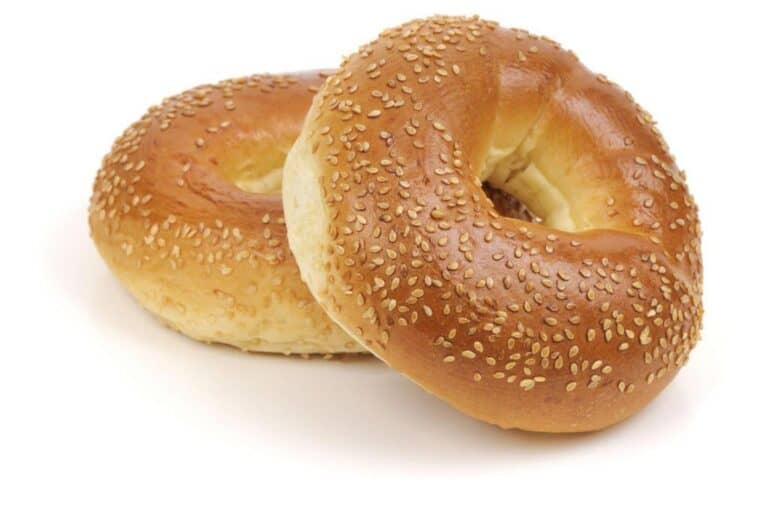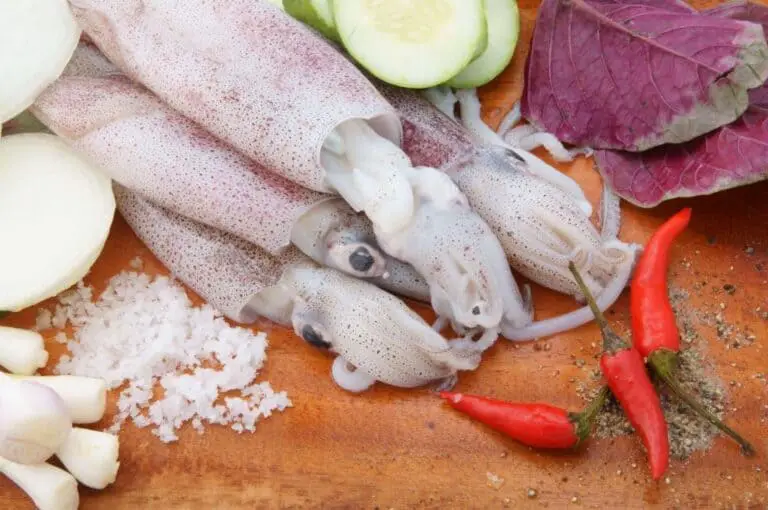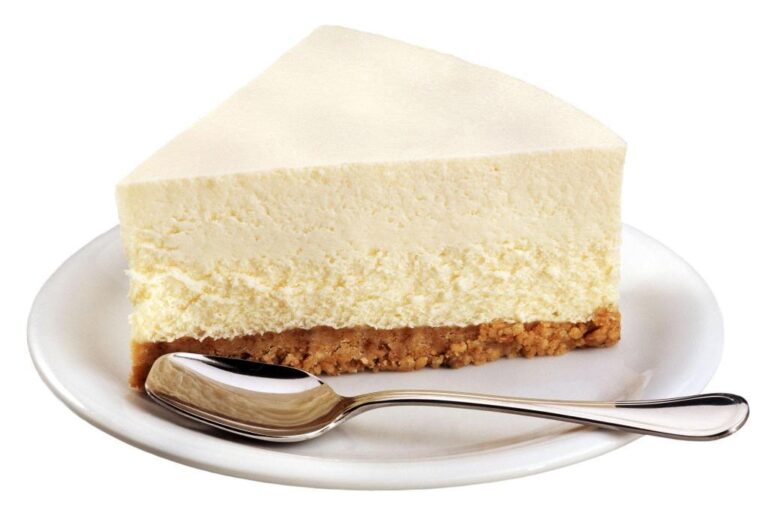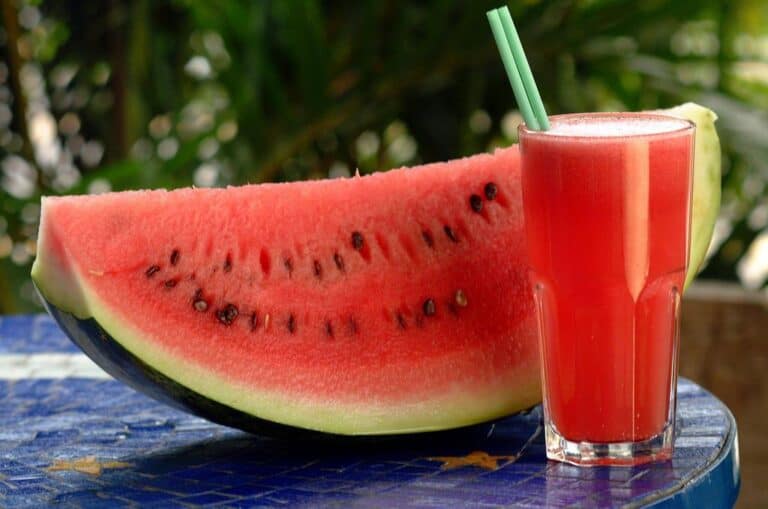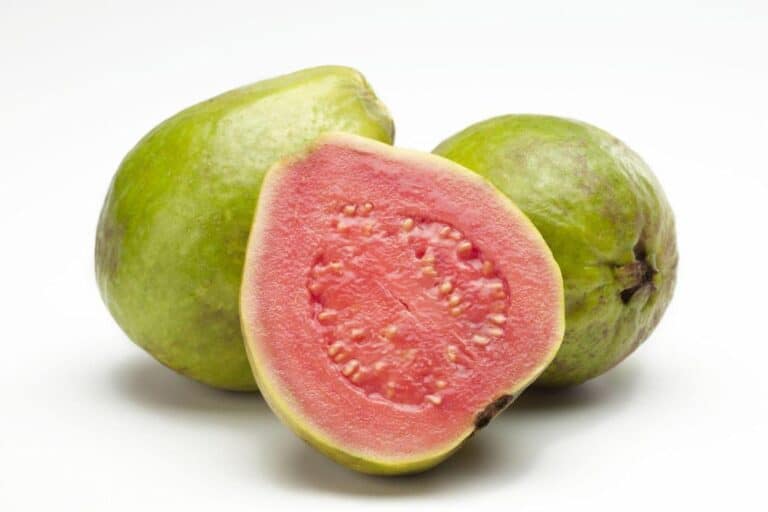What Is the White Stuff on Outside of Brie Cheese? Do You Eat Them?

Gourmet explorations often lead us to intriguing culinary encounters, and few are as captivating as encountering a wheel of Brie cheese. Its velvety, cream-colored interior beckons with promises of indulgence, but it’s the snowy white exterior that raises questions. What exactly is that delicate coating on the outside of Brie cheese? And more importantly, should you embrace it as part of your gastronomic adventure?
Picture this: you’re at a charming gathering, and a cheese platter is before you, adorned with a wheel of Brie. You’re debating whether to slice into it because of its unusual appearance, and you have to decide whether or not to eat the white substance on the outside. It’s a conundrum that’s puzzled many, yet holds the key to a richer understanding of Brie’s flavors and textures.
Join us as we embark on a journey through the world of Brie cheese, unveiling the secrets of its distinctive coating, and answering the pressing question: do you indulge in the intriguing rind or simply savor the creamy interior? Let’s delve into the delectable universe of Brie, where each bite tells a story of craftsmanship, culture, and personal taste.
Understanding Brie Cheese and Its Characteristics
Brie cheese, hailing from France, is renowned for its velvety interior and the intriguing white layer on the outside. It holds a special place in the hearts (and taste buds) of cheese aficionados worldwide due to its rich and buttery flavor.
That white layer is a key part of Brie’s charm. It’s known as the rind, and it contributes to the cheese’s unique taste, texture, and appearance. This rind sets Brie apart from other cheeses and adds to its character.
Brie cheese-making has a history dating back centuries. The traditional methods involve carefully crafting the cheese by adding special cultures and allowing it to age to perfection. These methods have been passed down through generations, preserving the authenticity of Brie.
The Composition and Formation of the White Rind

The white layer, often mistaken for mold, is actually a combination of mold—specifically Penicillium—and a bloomy rind. This rind is intentionally cultivated during the cheese-making process. Penicillium contributes to the cheese’s flavor development, while the bloomy rind adds a luscious, creamy texture.
As Brie cheese matures, mold and a bloomy rind develop on the surface. During the aging process, it is possible to achieve this by carefully controlling variables like humidity and temperature. The rind acts as a protective layer for the cheese, aiding in its maturation.
The mold on the rind interacts with the cheese’s interior, gradually breaking down proteins and fats. This enzymatic activity not only contributes to the cheese’s unique taste but also influences its texture, transforming it into the creamy delight that Brie is known for.
Edible vs. Inedible: Can You Eat the White Rind?
The million-dollar question: Can you eat the white rind on Brie cheese? The answer is yes! The rind is completely edible and forms an integral part of the Brie-eating experience. It’s a delicate fusion of flavors and textures that complement the interior.
Embrace the rind to savor a range of flavors. The rind offers earthy and mushroom-like undertones, in contrast to the buttery richness of the interior. This blend of tastes creates a harmonious symphony of flavors that’s worth exploring.
Eating the rind might vary based on cultural and regional preferences. In some regions, consuming the rind is a culinary tradition, while in others, it might be less common. However, the choice ultimately rests with the individual’s palate.
| Pros of Eating the Rind | Cons of Eating the Rind |
| Enhances flavor profile | Intense taste might be off-putting for some |
| Offers textural variety | Earthy and tangy notes could overshadow the creamy interior |
| Showcases authenticity | Personal preference varies – not everyone enjoys the rind’s taste |
Care and Storage of Brie Cheese
To preserve Brie’s quality, it’s important to store it properly. Keep it in the original packaging or wrap it in wax paper, allowing it to breathe. Store it in the refrigerator’s cheese drawer or a vegetable crisper, maintaining a consistent temperature.
Brie’s rind protects the cheese, but it’s important to prevent excess moisture. To avoid spoilage, keep the cheese away from overly humid environments. Allow the cheese to warm slightly before serving, enhancing its flavors and textures.
During storage, the rind might continue to develop and even become thicker. This is normal and safe to consume. However, if the rind develops an unusual color or an off-putting odor, exercise caution and consult your senses before indulging.
What Does the Rind on Brie Cheese Taste Like?
Brie cheese boasts a captivating flavor profile that tantalizes the taste buds. Its core features a rich, buttery taste with delicate hints of earthiness. The white rind, which adds subtle nuances to the cheese’s flavor and creates a harmonious blend of savory notes, further influences these tastes.
The white rind isn’t just for show—it plays a significant role in shaping Brie’s flavor. As the cheese ages, the rind interacts with the interior, contributing a balanced and nuanced taste. The rind’s presence elevates the overall experience, making each bite a symphony of flavors.
Various factors contribute to the development of Brie’s flavor. Elements such as the cheese’s aging duration, the specific strains of mold used, and the conditions of maturation all play a part in shaping the final taste. This intricate interplay ensures that Brie’s flavor remains as captivating as its appearance.
Varieties of Brie Cheese and Their Rinds
Brie cheese is not a one-size-fits-all delight. Varieties such as triple cream Brie and flavored Brie offer unique takes on this classic. These versions have their own distinct characteristics, from creaminess to intriguing added flavors.
The rind’s appearance and taste vary across Brie varieties. Some rinds may exhibit a more pronounced white bloom, while others might have subtle variations in flavor due to the specific cultures used during production. These differences contribute to the exciting diversity within the Brie family.
Every Brie cheese variety brings something special to the table. Triple cream Brie offers unparalleled richness, while flavored versions infuse unique elements like herbs or spices. Exploring these varieties expands the horizons of Brie cheese appreciation.
Related: How To Remove Brie Rind: What Is Brie Cheese Rind Made Of?
Pairing Brie Cheese with Accompaniments
Brie cheese’s versatility extends to its pairing possibilities. Classic companions like crisp apples and crunchy nuts enhance its flavors. However, don’t hesitate to embark on culinary adventures by pairing Brie with unexpected partners for a delightful twist.
When pairing Brie cheese, consider the interplay of flavors. The cheese’s creaminess can be balanced with the tang of berries or the zest of citrus. Savory crackers, crusty bread, or even a drizzle of honey can further elevate the experience.
The art of pairing extends to beverages as well. The effervescence of champagne, the depth of red wine, or the zestiness of a craft beer can harmonize with Brie’s flavors, intensifying the enjoyment of each bite.
In Conclusion: To Eat or Not to Eat?
The white coating on the outside of Brie cheese is a natural marvel, a result of carefully orchestrated mold cultures that elevate the cheese’s taste and texture. Whether you choose to devour it along with the creamy interior or set it aside, the decision rests on your palate’s preferences. The rind holds the potential to surprise and delight, adding another dimension to your Brie experience. So, next time you savor a piece of Brie, take a moment to appreciate the artistry of its rind and the culinary adventure it offers.
FAQs on What Is the White Stuff on Outside of Brie Cheese?
Is the white stuff on Brie cheese mold?
Yes, the white stuff on Brie cheese is primarily mold, specifically Penicillium candidum. This mold contributes to Brie’s unique flavor and texture.
Can you eat the rind of Brie cheese?
Yes, you can eat the rind of Brie cheese. It’s safe to consume and offers a distinctive taste that complements the creamy interior.
How do I store Brie cheese to maintain its quality?
To maintain Brie cheese’s quality, store it in its original packaging or wrap it in wax paper. Keep it in the fridge’s vegetable drawer or a cheese storage container to prevent drying and odor absorption.
Are there different types of Brie cheese with varied rinds?
Yes, there are variations of Brie cheese with different rinds. Some may have additional coatings like herbs or ash, which can influence taste and appearance.
Can you eat the white rind on Brie cheese?
Yes, the white rind on Brie cheese is edible. Its consumption is a matter of personal preference, offering an opportunity for a more complex flavor experience.
What is the purpose of the white rind on Brie cheese?
The white rind on Brie cheese serves several purposes, including protecting the cheese during aging, aiding in flavor development, and contributing to its textural nuances.

